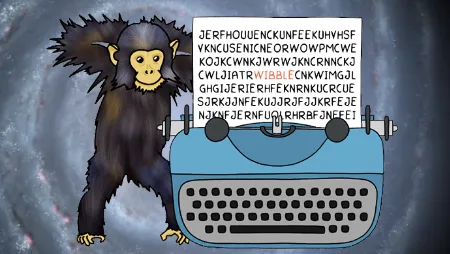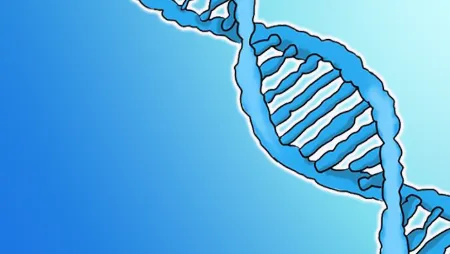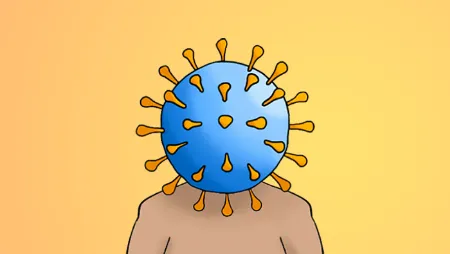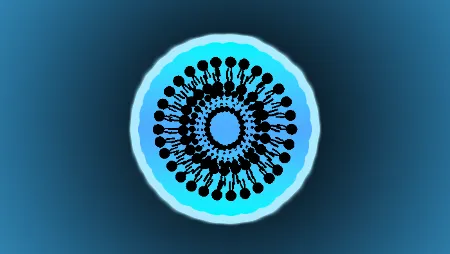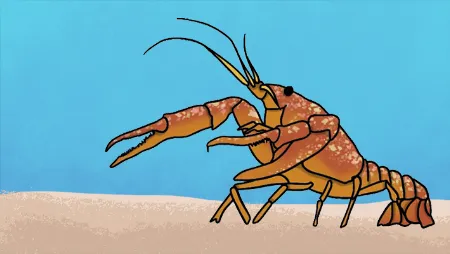Nanotechnology has been infiltrating your life for decades. Self-cleaning paints, water-repellent clothes, engine lubricants, and UV protection all use nanotechnology. Now, the nanomedicine revolution is shaping the experience of being human.
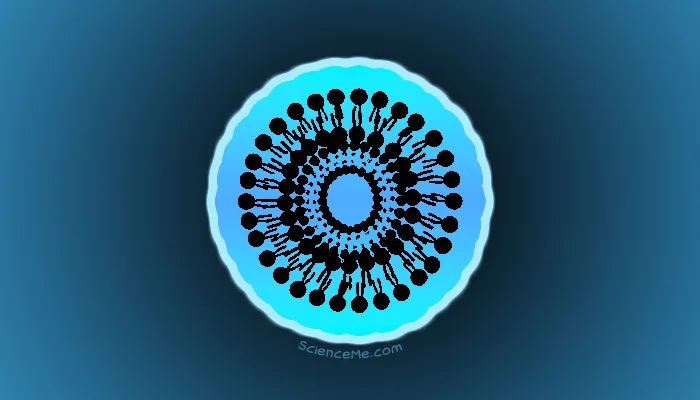
There are already more than 50 nano-therapies on the market, including lipid nanoparticles in genetic vaccines. Many more are in clinical development, ranging from from tooth remineralisation to cancer treatments.
First you need to get your head around the scale of nanotechnology. Consider that human hair is around 100,000 nanometres wide, cells are around 10,000nm, bacteria are around 1,000nm, and viruses are around 100nm. Nanomedicine typically operates in the range of 1-100nm. For instance, gold nanoshells, a staple in present-day nanomedicine, are just 1nm wide.
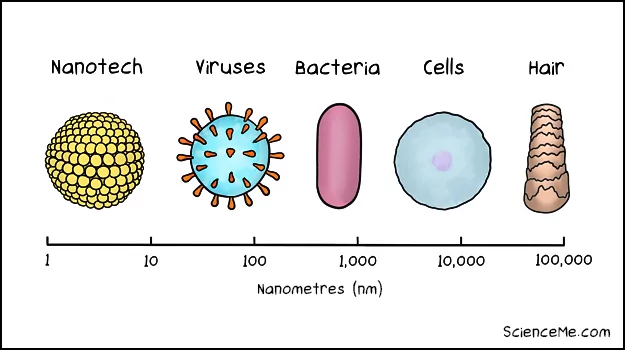
Nanotechnology typically operates on a scale of 1-100 nanometres.
Nanotechnology products are built atom by atom to have specific physical properties that speed up our phones, protect us from sunburn, and deliver drugs across the blood-brain barrier. That's just what we do now.
It's unthinkable really. You probably shouldn't even try to get your head around it. Perhaps I'll just delete this bit out to save you the trouble. Never mind, I've written it now, and it's well known that good writers never delete things they've already written because it indicates lack of character*.
*This is not true.
Quick—a distraction! Look at this picture of a tiny iguana lost in the nanoworld.
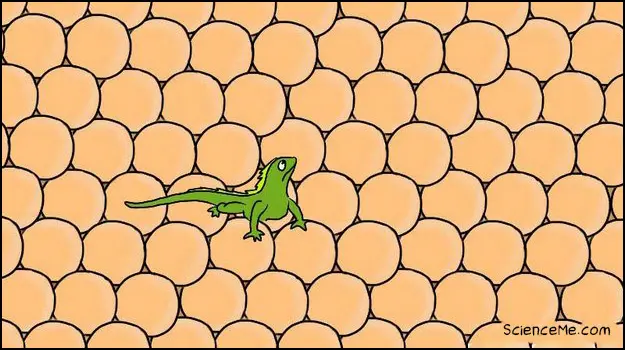
How did he get here? What is this place? He's terribly confused.
Who Invented Nanotechnology?
Nanotechnology was dreamed up in the atomic age of the 1950s, when the quantum physicist, Richard Feynman, gave a talk outlining how we would one day arrange atoms one by one, just as we want them.
"Why can we not write the entire 24 volumes of the Encyclopaedia Britannica on the head of a pin?" - Richard Feynman
In the 1970s, the engineer, Eric Drexler, published seminal studies on how nanotechnology construction could actually work. He conceived of Atomically Precise Manufacturing (APM): desktop-sized nanofactories which could build a variety of nanoscale products. APMs would build devices that are rigid and strong, held firm by a dense network of atomic bonds.
By 1981, engineers at IBM created the first Scanning Tunnelling Microscope (STM) with an imaging probe just one atom wide.
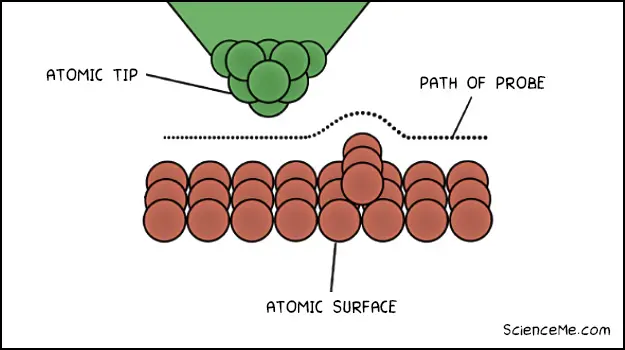
How the Scanning Tunnelling Microscope (STM) works.
The Scanning Tunnelling Microscope works by scanning a tungsten needle over a surface and applying a small voltage causing electrons to tunnel across the gap. The probe then measures variations in the tunnelling current to produce a topographical image at the atomic scale.
For the first time, the STM allowed us to visualise nanoscale phenomena, opening the door to manipulate objects at the atomic level. Engineers have been building nanodevices ever since.
What Does Nanotechnology Look Like?
Nanotechnology takes many forms. It often uses atoms of carbon, aluminium, titanium, iron, cobalt, copper, silver, and gold because they have the most useful physical properties. Atoms are arranged into various rigid structures, including pores, rods, wires, ribbons, tubes, and scaffolds, to give rise to functional nanodevices and materials.
Consider carbon nanotubes: cylinders composed of carbon atoms. CNTs provide strong and durable electrical conduction, giving them a broad range of applications in electronics, optics, and plastics.
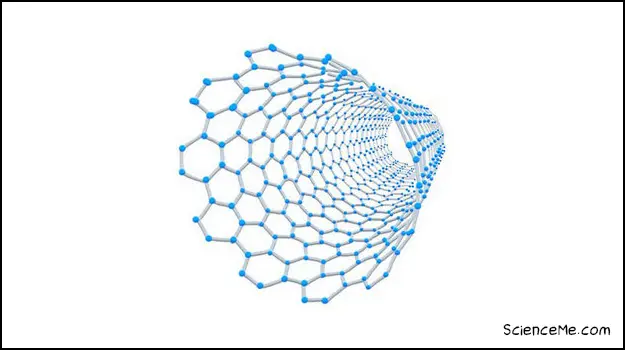
This single-wall carbon nanotube is 2 nanometres wide.
The price of pure, high-quality CNTs is $1,000 per gram. That's 17 times more than the price of gold today at $57 per gram.
Bulk CNTs—a mass of unorganised fragments of nanotubes—are significantly cheaper. This affords their use in a range of products from bicycle parts, to adhesive tape, to microscope probes.
Another child of the nanotech revolution is the silicon nanowire (SiNW), a type of semiconductor capable of converting heat into electricity. SiNWs are made from threads of silicon atoms just 1 nanometre wide. At this scale, quantum mechanical effects kick in, earning SiNWs the pseudonym of quantum wires.
Silicon nanowires can be etched or grown to hundreds of nanometres long.
Quantum wires are stronger and lighter than any comparable material. They have applications in lithium ion batteries, solar panels, and microscopic sensors.
So how has nanotechnology been used in medicine?
The Nanomedicine Revolution
When applied to medicine, this technology will revolutionise the way we diagnose and treat disease. Consider the trillions of biological nanodevices already inside your body: your cells. They produce proteins to continuously to grow, maintain, and repair your body. But when this organic machinery fails, disease takes over.
Traditionally, we treat disease at the macroscopic scale (eg, setting a broken bone in plaster, or surgically removing a tumour). Pharmaceuticals take us into the nanoworld, where drug molecules are just a few nanometres in size. But they don't necessarily provide targeted action, and some delivery platforms can have toxic side-effects.
Nanomedicine allows for greater treatment targeting, making for less invasive and more effective therapies. Nanomaterials are used in drug delivery, gene delivery, and even surgery.
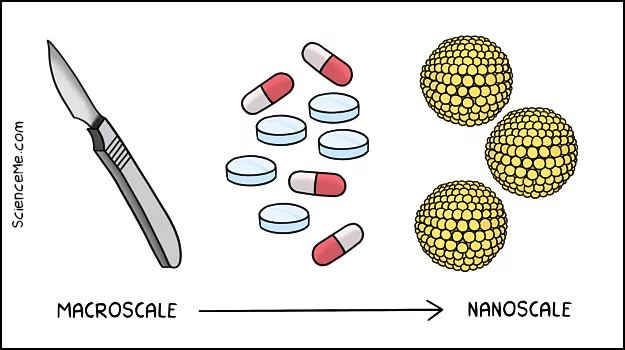
Nanomedicine allows us to treat disease at the appropriate operational scale.
Types of Nanomedicine
Widely used in oncology, here are three examples of how nanomedicine is used today to detect and treat cancer.
Quantum Dots
Quantum dots are man-made nanocrystals that glow under ultraviolet light. When mixed with biological agents like antibodies or peptides, they stick to cancerous cells inside the body. This flags the cancer cells with fluorescence, so that contrast imaging can define the precise boundary between healthy and diseased cells for highly targeted therapy.
Gold Nanoshells
Gold nanoshells go one step further. These nanoparticles have a silica core surrounded by an ultra-thin gold shell. Changing the ratio of the core diameter to the shell thickness tunes the absorption and scattering properties of the nanoshell. This allows them to detect and bond to specific biological markers found on cancer cells. Irradiating the nanoshells with an infrared laser heats them up and destroys the diseased cells.
Gold nanoshells aren't limited to cancer treatment. They can also be heated under infrared light to destroy bacteria to sterilise medical instruments. And they can repair arterial walls damaged in surgery—as a nanoscale welding material subjected to infrared laser that's harmless to the body.
NAB Technology
NAB stands for Nanometre Albumin-bound Technology and is used to target breast cancer. The standard therapy for breast cancer is to use taxanes (drugs that block cell division) which are highly toxic due to their solvents. Nanomedicine overcomes this by binding solvent-free taxanes to the protein albumin and exploiting its natural desire to bind to SPARC (an acidic protein secreted by cancer cells). Used this way, the same cancer drugs become non-toxic and more effective.
Nanomedicine in Genetic Vaccines
If you've received a COVID vaccine by Pfizer-BioNTech or Moderna, then you're already benefited from nanomedicine technology. The viral mRNA contained in these vaccines is carried within a synthetic vector called a lipid nanoparticle. These solid bubbles of fat molecules protect the genetic payload and deliver it to cells. Once inside, the mRNA escapes from its lipid carrier and is converted into viral proteins that train up your immune system.
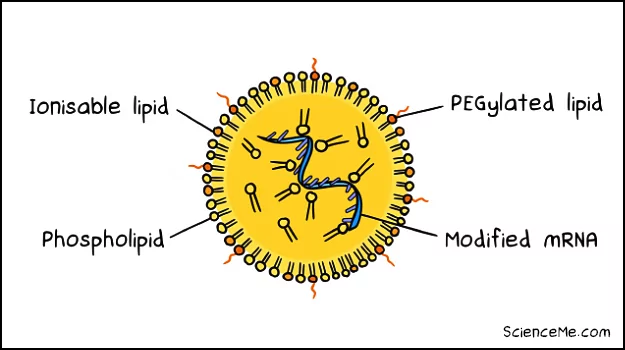
Lipid nanoparticles are synthetic nanovectors used to deliver mRNA in the Pfizer-BioNTech or Moderna vaccines.
Future Nanomedicine Technology
Here are some up-and-coming applications for nanomedicine. These are not flights of fancy—but actual nanotechnologies that have been seriously conceptualised and/or are in clinical development:
Nanodentistry
Nanodentistry will allow for near-perfect oral health with the use of nanomaterials in tissue engineering and nanorobots. One day in the not-too-distant-future, you'll use a mouthwash containing dental nanorobots that clean organic residues from your teeth, gums, and tongue. Dentifrobots move actively at 10 microns/second, and can even selectively destroy pathogenic bacteria and prevent halitosis. They are safely deactivated when swallowed.
Microcarriers
Microcarriers will serve as non-viral delivery vectors for gene therapy. Traditionally, gene therapy uses modified viruses to transport genetic payloads to target cells. However, they're not all safe nor efficient. Microcarriers made of degradable polymers and silica shells carry the therapeutic genes to their destination so cells can synthesise essential proteins.
Neuralnanorobots
Neuralnanorobots will link computers to your brain, allowing for brain-computer interfaces (à la Neuralink) as well as brain-to-brain communication between people. Not only will this correct a raft of neurological disorders, but it will change the way we think, work, and play. Neuralnanorobotic-mediated BCIs could be available within 20-30 years.
Final Thoughts
There are more than 50 nanomedicines and nanoparticle tools approved for use by the FDA. More are coming, and at an increasing rate, with both preventative and treatment angles under target. If you haven't already, you will almost certainly benefit from nanomedicine in your lifetime.
In the 21st century, we'll say goodbye to many common injuries and diseases including dental cavities, nerve damage, heart disease, infertility, depression, cancer, and even pandemics. Nanomedicine technology is here and the possibilities are breathtaking.
